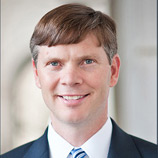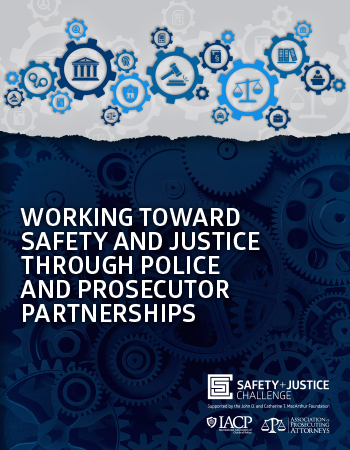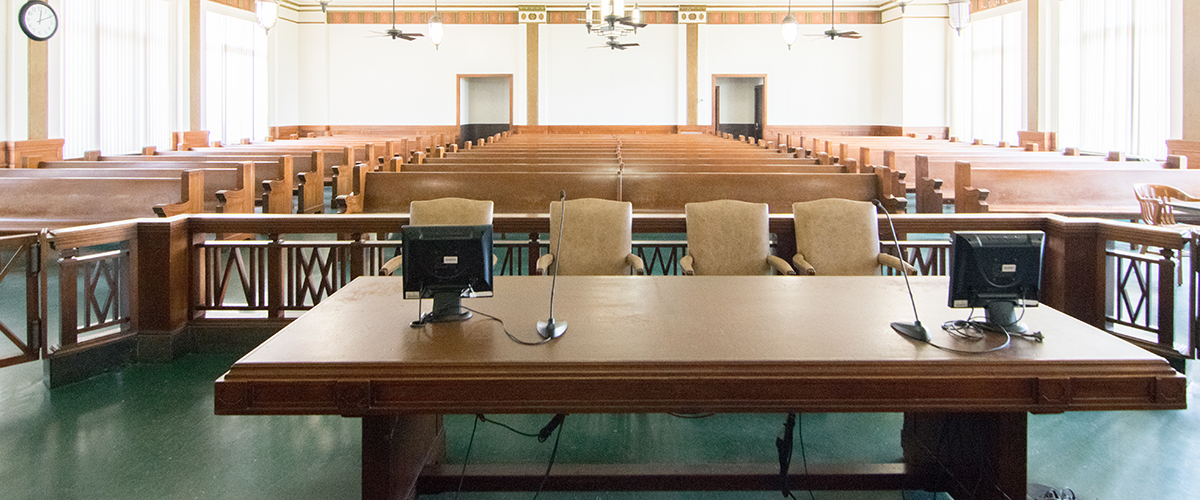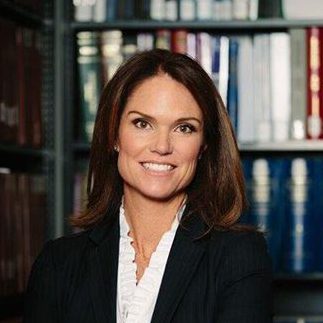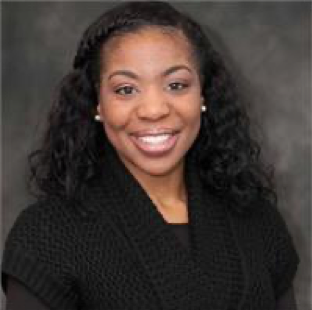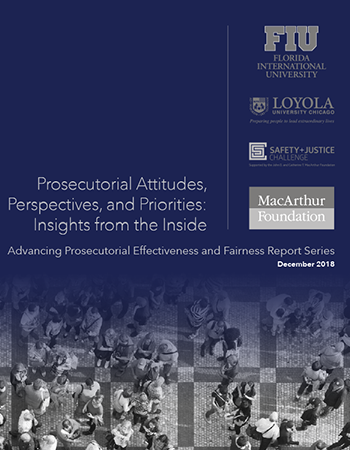Community Engagement Pretrial Prosecutors May 12, 2020
The mass uprisings spurred by the killing of George Floyd, Breonna Taylor, and other Black Americans, have led many people to ask what role police should play in keeping communities safe. Despite this focus on policing, an observer of the criminal legal system might tell you that how police enforce laws is often influenced by how prosecutors handle criminal cases. We, as former prosecutors working to assist jurisdictions across the country with justice reform, believe the strategies outlined below are starting points for prosecutors to help promote a new vision of justice.
As cities explore ways to safely reduce the footprint of law enforcement, is there a reckoning that needs to happen for prosecutors? How might prosecutors better reflect communities’ values for public safety and provide community-driven solutions to crime? Given that prosecutors wield substantial influence over how laws may be enforced, we will benefit from prosecutorial approaches that improve people’s ability to sustain their own safety and the wellness of their communities.
As our colleagues at the Center for Court Innovation have set forth in Shrinking the Footprint of Police: Six Ideas for Enhancing Safety, there are proven ways for localities to invest in solutions that increase safety, limit the use of police, and remain rooted in anti-racist, community centered practices.
Prosecutors, too, have the ability—and indeed, an opportunity—to take these efforts even further.
This moment can inspire prosecutors, who see their role as representing the interests of the “the People” (their constituents), to forge new practices, partnerships, and programs that complement community-led safety efforts.
New Practices
First, prosecutors can develop practices that prioritize the well-being of survivors and accused people. Enter, again, the outside observer of the criminal legal system. This person sees prosecutors mostly urging swift legal action against people arrested for crimes. And the consequences are primarily retributive in nature: file charges, seek a conviction, and pursue an accompanying sentence. Prosecutors are trained to review an accused person’s criminal history and the alleged offense to recommend how the justice system should respond to the accused. These factors are indeed relevant to how cases might best be resolved, but how might early decision-making improve with more information? Perhaps the accused has a long trauma history, has unmet mental health needs, or is battling a substance use disorder without resources to address it. What if one or many of these factors contributed to the alleged offense? Prosecutors would do well to embrace a more holistic view of who accused people are early and often.
Prosecutors, who often advocate for sentencing outcomes, can also push for options other than jail to promote a person’s healing and community restoration. This concept is not new to prosecutors. They often obtain similar information, about how harm has affected someone, to better understand survivors and witnesses on their cases. Given that accused people are also part of communities that we want to keep safe, it is important to extend this practice to them.
New Partnerships
Along with developing the internal practices needed to ensure consistency between the office’s mission and its culture, prosecutor’s offices must embrace existing community solutions early and often. Community-based organizations (CBOs) provide tailored and targeted services that are needed in community as supplements to the social services provided by city and state government. Prosecutors can use these services as early on in cases as possible. In certain instances, they can also hold off on prosecuting people while they participate in these programs, to reduce further exposure to the court system. As an office beholden to its constituents and charged with protecting community safety, prosecutors must be familiar with and use community-based organizations and the services they provide as a bridge between the criminal justice system and communities affected by crime. Research supports this approach.
New & Expanded Programs
Once formal pathways to community-based services are in place, prosecutors may begin to identify gaps in the landscape to safely meet people’s needs outside of the court system. Maybe there’s a need for more programs that can reflect the cultural and ethnic needs of constituents. Perhaps services need to be available beyond business hours to serve people at the most critical times. There may also be a demand for more holistic programming that can offer housing and employment support—for accused people and their families—to help address the root causes of contact with the court system.
Whatever the needs may be, localities must be in a position to meet them if they intend to provide the supports that can preemptively address community needs. This kind of response takes investment, and prosecutors are in a unique position to offer a much-needed assist. Prosecutor’s offices often have access to civil asset forfeiture funds, which allow police and prosecutors to seize property with a suspected connection to criminal activity. These resources are often funneled back into the budgets of these same entities to spend in ways that promote public safety. To this end, prosecutors could invest asset forfeiture funds in local organizations that provide services to court-involved people.
Safe communities require investment—in networks and resources that can respond more nimbly, and often more affordably, than government might sometimes be able to do. At this moment of reckoning, prosecutors, too, can examine ways to heed communities’ renewed concerns about the criminal legal system.
Prosecutors can harness their power as representing “the People” to heed their call to broaden our view of how to keep them safe. This cannot happen unless we promote a culture that prioritizes healing and well-being over convictions. Indeed, prosecutors, who see their role as seeking justice can lead the charge to promote more human-centered approaches, for people accused of crime and survivors.




